Drawing is a challenging but necessary craft, especially if you want to also become a proficient painter. Thankfully there is a wealth of information available on drawing to help guide you. The challenge can be sorting through the information to find those hidden gems among the rough.
To save you the effort, I have put together a list of some of the best drawing books for learning how to draw.
- Drawing the Head and Hands by Andrew Loomis
- Drawing on the Right Side of the Brain: The Definitive, 4th Edition by Betty Edwards
- Figure Drawing for All It’s Worth by Andrew Loomis
- Successful Drawing by Andrew Loomis
- Figure Drawing for Artists: Making Every Mark Count by Steve Huston
- Figure Drawing: Design and Invention by Michael Hampton
- Vilppu Drawing Manual by Glenn Vilppu
- Anatomy for the Artist by Sarah Simblet
- Drawing People by Barbara Bradley
- Keys to Drawing by Bert Dodson
- How to Draw What You See by Rudy De Reyna
- Summary
- Want to Learn More?
- Thanks for Reading!
Drawing the Head and Hands by Andrew Loomis
This book by Andrew Loomis is fantastic for those wanting to learn how to draw the human head (which is always a challenge, as it can be difficult for us to draw a human head just as an object rather than a person). There is also some information on drawing hands, but that does not seem to be the focus of this book.
Andrew Loomis has a very mathematical approach to drawing, which you or may not suit you. He uses accurate but simple methods to render proportions in the head and hands. These methods can be easily learned by artists of all skill levels.
Even if you are not a fan of the mathematical approach of Andrew Loomis, you will benefit largely by following his methods to at least some extent.
Drawing on the Right Side of the Brain: The Definitive, 4th Edition by Betty Edwards
Drawing on the Right Side of the Brain is not so much a ‘how to draw this’ kind of book. Instead, this book touches on more general and fundamental drawing concepts which you can apply to your own drawings.
This book is great for learning how to actually see as an artist and is a perfect entry-level book for those of you who think people are born with the ability to draw. Let me remind you that drawing is a skill which anyone can learn.
Figure Drawing for All It’s Worth by Andrew Loomis
Another book by Andrew Loomis (in fact I recommend a few more in this post and for good reason) which teaches you everything you need to learn about figure drawing. In my opinion, this is one of the best anatomy and figure drawing books available.
Figure Drawing for All It’s Worth was first published in 1946 and has been thoroughly appreciated by the art community. This book delves into great detail on constructing the human body, ideal proportions of the human body and techniques for drawing specific body parts.
Successful Drawing by Andrew Loomis
Successful Drawing focuses on developing an artist’s eye for composition and design. This book is for slightly more advanced artists than Andrew Loomis’ other books, so I would recommend reading those first or taking some basic in-person drawing classes before reading this book.
Figure Drawing for Artists: Making Every Mark Count by Steve Huston
Steve Huston is a masterful artist and teacher. His book is filled with useful information on figure drawing for artists of all skill levels.
In this book, Steve Huston starts by covering some of the fundamental drawing topics like structure, gesture, perspective and light before moving onto more practical tips on drawing the human body along with a breakdown of artworks by other master artists and how it applies to what he is teaching.
You can see him in action in this very detailed Youtube demonstration on how to draw the head:
Figure Drawing: Design and Invention by Michael Hampton
Michael Hampton’s book takes the mystery out of figure drawing and provides many practical techniques which you can apply to your own drawings.
Vilppu Drawing Manual by Glenn Vilppu
If you are really getting into figure drawing then you may want to invest in this Drawing Manual by Glenn Vilppu. Glenn Vilppu is a master of the craft and has taught thousands how to draw through his videos and books.
This book has a focus on gesture drawing and form construction, which are important concepts for successful figure drawing. If you are an absolute beginner, then there are better-suited books for you which will walk you through some of the more basic drawing concepts. But at some stage through your drawing journey, this book will be of value.
Here is a drawing demonstration by Glenn Vilppu:
Anatomy for the Artist by Sarah Simblet
A fantastic book on drawing anatomy, if only for the beautiful illustrations. One of the interesting things about this book is it provides translucent sheets with detailed illustrations of skeletal anatomy to accompany the in-flesh nude models.
Drawing People by Barbara Bradley
Whilst many of the books on this list focus on drawing human anatomy, this book focuses on drawing clothed people. This is a very practical knowledge book which can be applied to your artworks (rarely will you be drawing/painting nude figures from life, outside of art classes).
Keys to Drawing by Bert Dodson
This is a perfect book for beginners looking to learn how to draw. Keys to Drawing is intuitive and provides easy to follow techniques for those wanting to develop or improve drawing skills.
The book provides:
- Over 50 specific keys to improving your drawings
- Over 40 mini-lessons for learning specific drawing techniques
- 8 self-evaluation checklists
How to Draw What You See by Rudy De Reyna
This book was first published in the early 1970s and has since been reprinted and amended due to the wealth of information it provides.
This book will show you how to recognize the basic shape of an object-cube, cylinder, cone, or sphere-and use that shape to draw the object, no matter how much detail it contains. This is an important concept for all artistic mediums (painting, sculpture, etc).
This book also touches on charcoal and watercolor drawing.
Summary
These books provide some extremely detailed instruction on drawing. Much of this information is what you would be taught in high-level art schools.
However, I would not recommend you purchase every single one of these books, as there is a lot of information overlap. I would look into purchasing just a few and learning as much as you can from them.
If you have any drawing books which you recommend, please share them in the comment section below.
Want to Learn More?
You might be interested in my Painting Academy course. I’ll walk you through the time-tested fundamentals of painting. It’s perfect for absolute beginner to intermediate painters.
Thanks for Reading!
I appreciate you taking the time to read this post and I hope you found it helpful. Feel free to share it with friends.
Happy painting!
Dan Scott

Draw Paint Academy



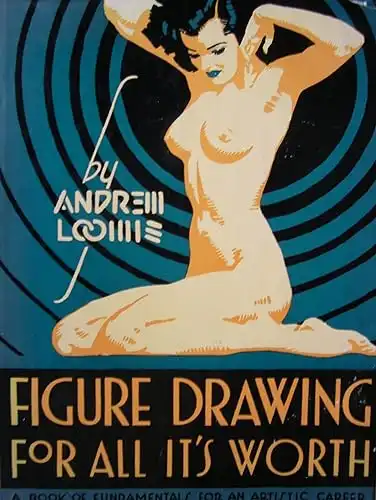
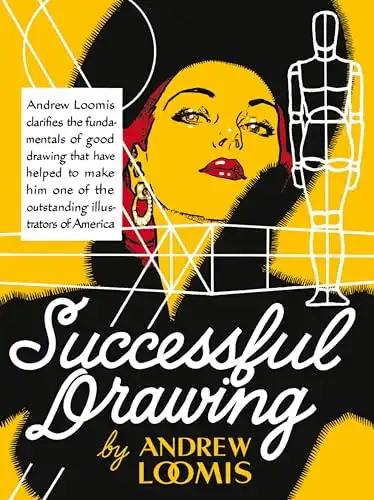
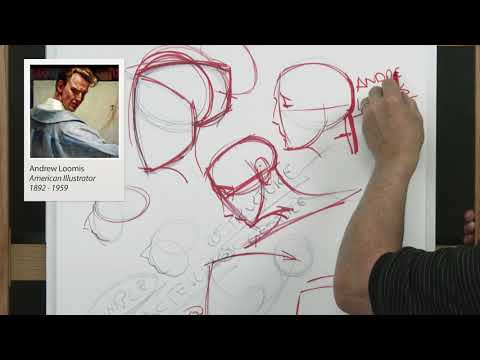
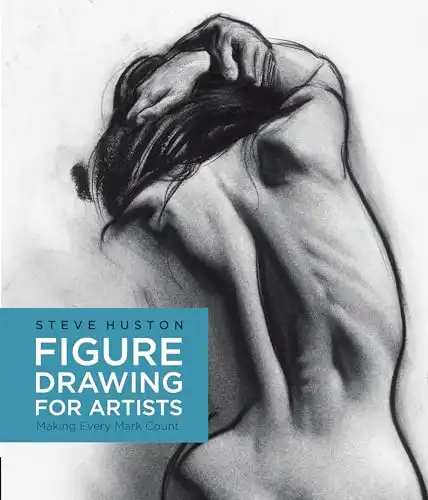
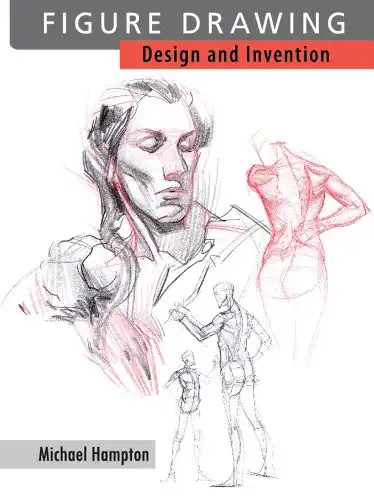
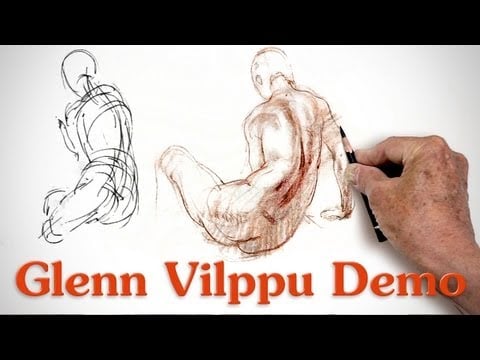
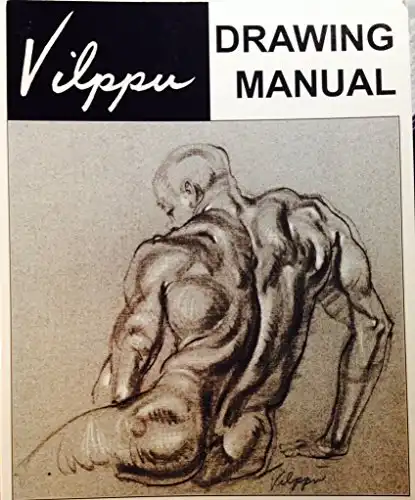
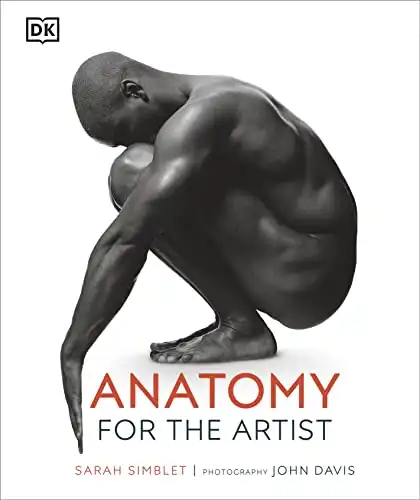
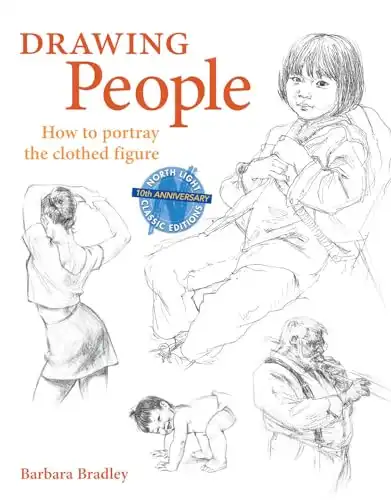
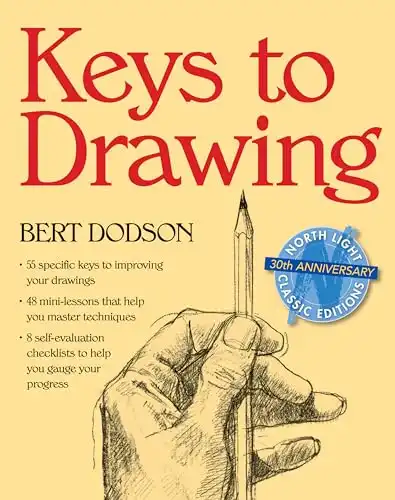
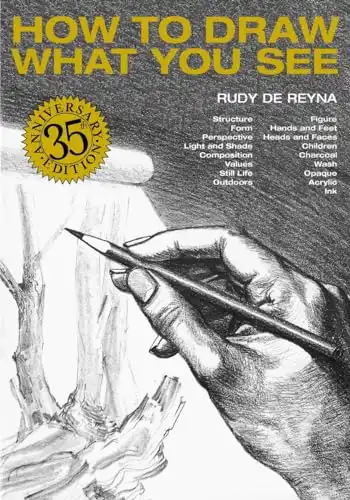
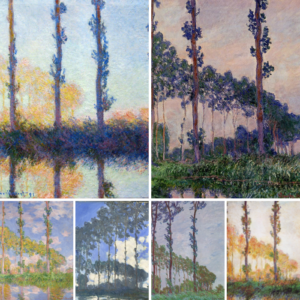
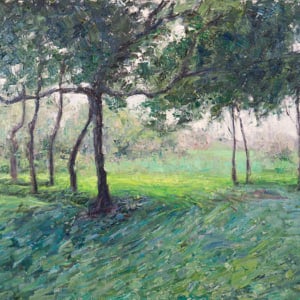
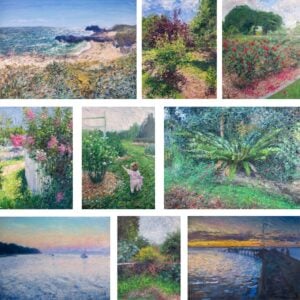

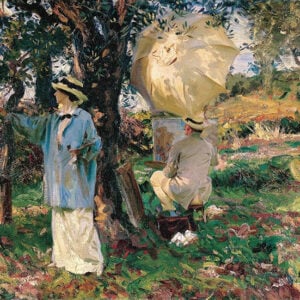
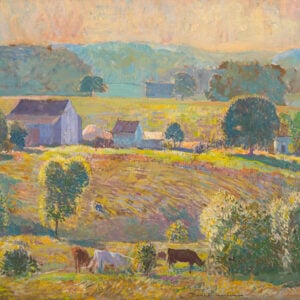
I would highly recommend all books by Betty Edwards as highly inspirational and educational.
I didn’t think this would help me but I guess I was wrong cause its really helpful plus my skill is improving..
Thanks for sharing such a nice book list. It really helped a lot in choosing the best book.
Really nice and useful info. Plus, I think the style and design of your site is great.
The Natural Way to Draw by Nicolaides—This workbook system, and similar systems, has taught hundreds of art teachers for years. Wayne Thiebaud taught my art professor sister using this book.
thanks for sharing your knowleadge such a amzing book
Hey,
Thanks for posting an excellent article. Your site has provided the best information and is useful to all people.
Thanks for sharing such a nice book list. It really helped a lot in choosing the best book.
hello
Thanks for share an excellent article. Your site has provided the best information.
Thanks for Sharing